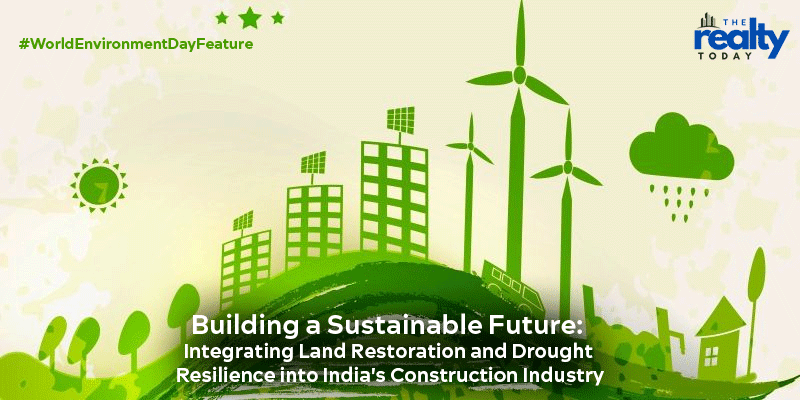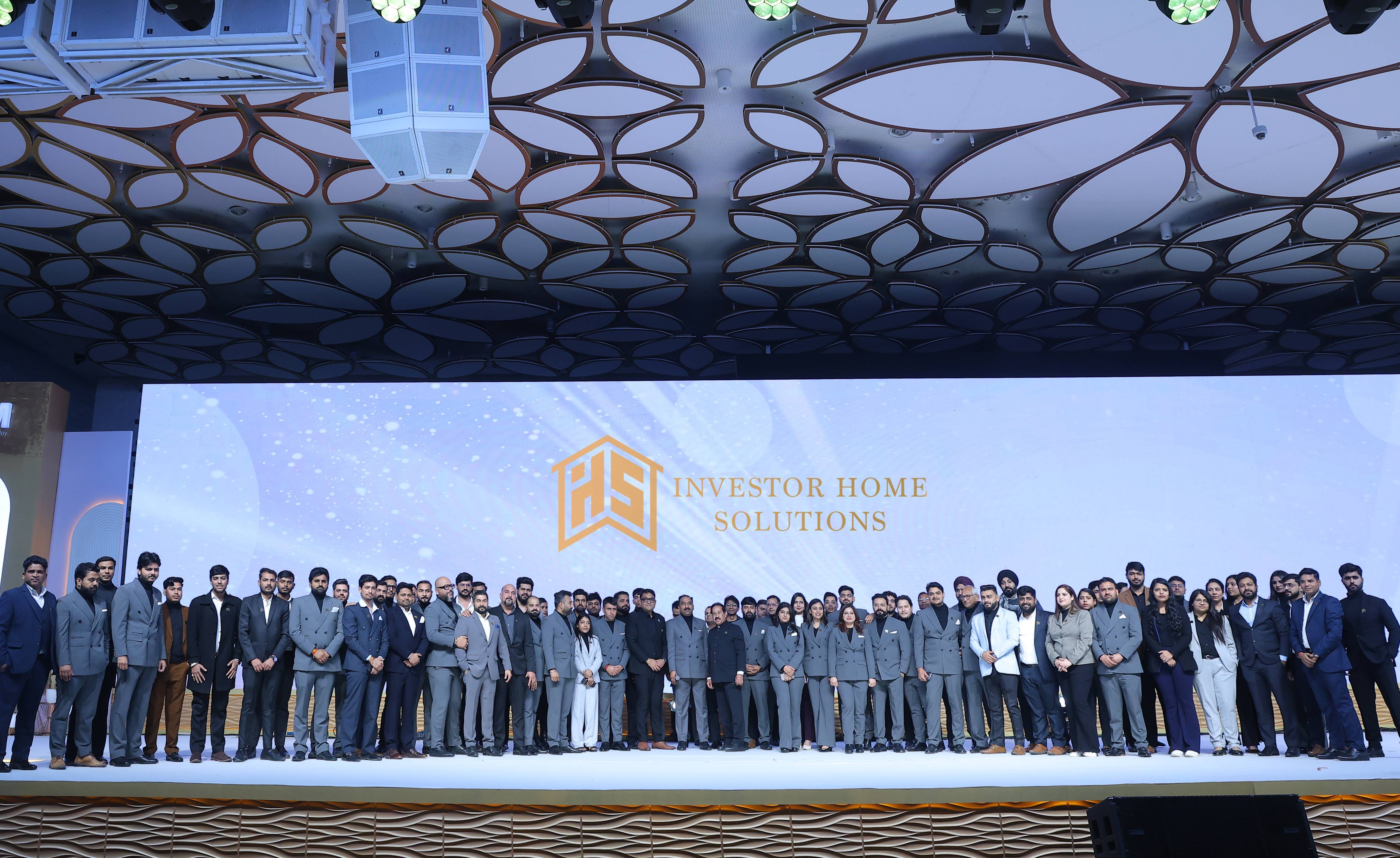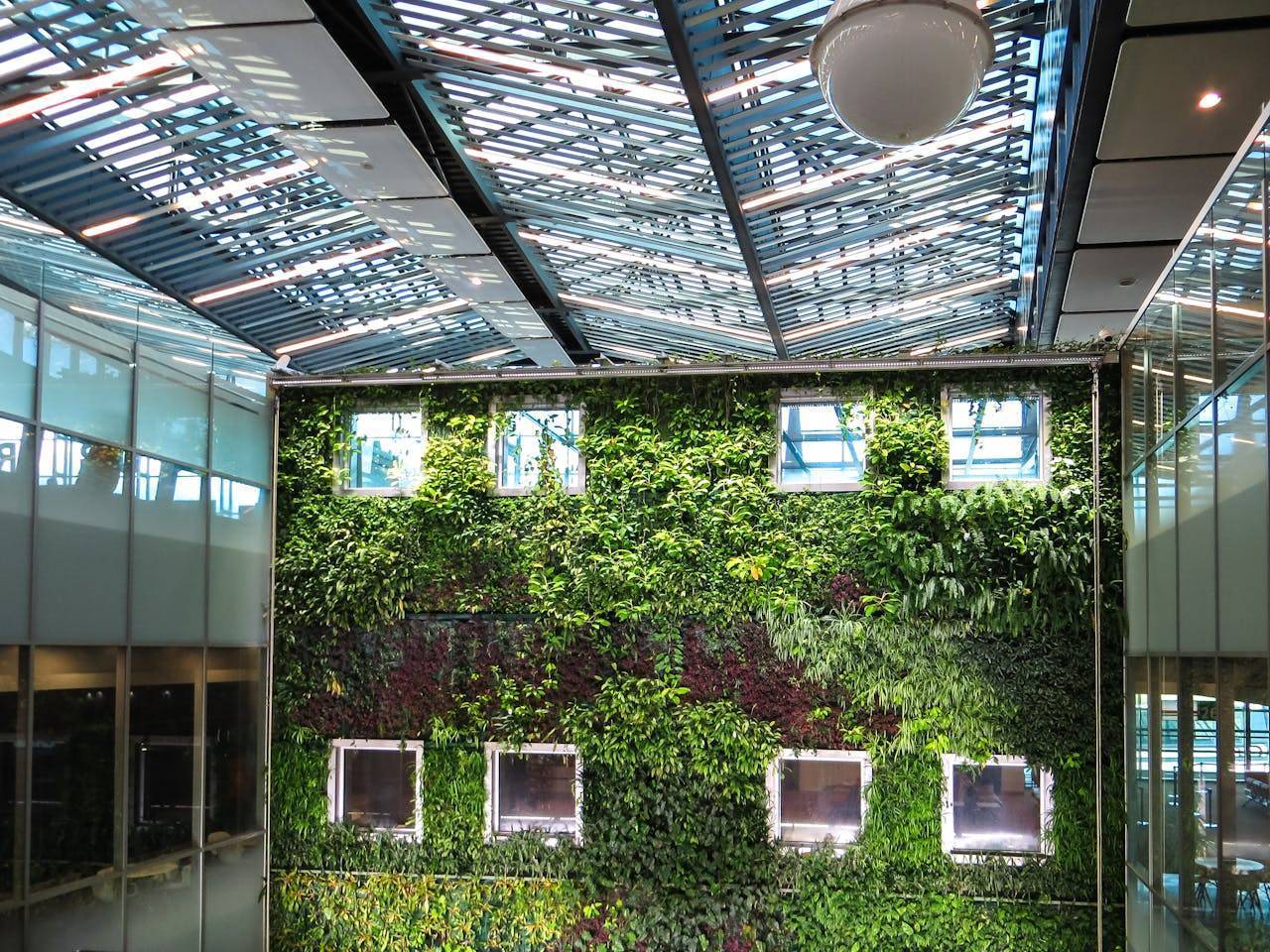Every year on June 5, the world celebrates World Environment Day, a global event led by the United Nations to foster awareness and action to protect the environment. This year, the theme is "Land Restoration, Desertification, and Drought Resilience," focusing on revitalizing degraded lands, preventing the spread of deserts, and improving resilience to water shortages. Trees, healthy soil, and clean water are crucial for a sustainable planet.
The focus aligns with the objectives of the UN Decade on Ecosystem Restoration (2021-2030), which seeks to encourage the recovery of ecosystems around the globe. This restoration effort is vital for achieving the Sustainable Development Goals, as it addresses biodiversity loss, climate change, and food security by rehabilitating degraded landscapes.
Hosting the event, the Kingdom of Saudi Arabia will spotlight these issues, drawing attention to innovative solutions and international cooperation needed to combat desertification and improve drought resilience. This platform not only raises global awareness but also mobilizes governmental, organizational, and public efforts to enact meaningful environmental changes.
Importance Of The Theme For Construction Industry
In the present scenario of the construction industry, the significance of World Environment Day 2024, with its focus on land restoration, desertification, and drought resilience, is particularly pronounced. The construction sector, known for its substantial environmental footprint, involving extensive land use, resource extraction, and waste production, stands at the forefront of environmental impact concerns.
Sustainable Development
The 2024 theme underscores the need for sustainable construction practices. Initiatives that promote land restoration can integrate with building projects to rehabilitate and preserve the ecological value of the land. This approach not only mitigates the impact of construction activities but also contributes to the larger goals of ecosystem restoration.
Regulatory Compliance and Risk Management
Increasingly stringent environmental regulations demand that construction projects minimize their adverse effects on the environment. By adopting practices aligned with environmental restoration and resilience, companies can better comply with these regulations and avoid potential legal and social risks.
Innovation and Market Opportunities
There is a growing market for eco-friendly construction materials and technologies that contribute to drought resilience and efficient land use. Innovations such as the use of recycled materials, green roofing, and water-efficient systems are becoming essential features of modern construction projects.
Corporate Responsibility and Reputation Participating in efforts that align with World
Environment Day themes can enhance a company's reputation as a responsible business. This is increasingly important to investors, clients, and the public, who are progressively favouring companies with strong environmental credentials.
Future Proofing
Investing in drought resilience and sustainable land use practices is crucial for future-proofing projects against the increasing unpredictability of climate patterns. Construction designed with an understanding of environmental challenges is more likely to endure and remain functional under changing conditions.
Adopting The Theme For Indian Construction Industry
Sustainable Site Planning and Land Management
To effectively integrate the World Environment Day 2024 themes into India's construction industry, it starts with the adoption of sustainable site planning and land management. Prior to any construction activity, a detailed ecological assessment of the site is crucial to minimize disruption to the land. Employing tools such as geographic information systems (GIS) and remote sensing can help in identifying areas vulnerable to environmental degradation, allowing for better planning and conservation of resources. By understanding the specific characteristics of the land, developers can optimize the use of space while preserving its ecological integrity.
By adopting sustainable site planning, emphasizing water and energy management, utilizing sustainable materials, and incorporating green spaces, the construction sector can significantly reduce its environmental impact while contributing to broader socio-economic benefits. Additionally, engaging and educating stakeholders across all levels ensures that these practices are widely adopted and effectively implemented. As the construction industry embraces these principles, it not only aligns with global environmental objectives but also sets a benchmark for sustainable development, ensuring that it plays a pivotal role in preserving the planet for future generations.
Water Management Strategies
In regions prone to drought, effective water management becomes critical. Implementing rainwater harvesting systems in construction designs can provide a sustainable source of water, critical for day-to-day operations and maintaining onsite vegetation. Additionally, setting up greywater recycling systems can conserve significant amounts of water by reusing water from sinks and showers for landscaping and flushing toilets, which reduces the overall water demand of the building.
Adoption of Sustainable Materials and Construction Methods
Choosing sustainable building materials is pivotal. The use of local, recycled, or sustainably sourced materials reduces the environmental footprint of construction projects. Compliance with green building standards like LEED or IGBC ensures that structures are energy-efficient and resource-conserving. Moreover, these materials often result in better indoor air quality and lower energy costs, benefiting both the environment and building occupants.
Energy Efficiency and Renewable Energy Integration
Integrating passive architectural designs can drastically reduce the need for artificial heating and cooling, lowering a building's energy use. Incorporation of renewable energy sources, such as solar panels, into building designs not only provides a sustainable energy supply but also decreases dependency on non-renewable power sources. These measures not only align with global sustainability goals but also offer long-term economic benefits through reduced utility costs.
Green Spaces and Reforestation
Developing green spaces and engaging in reforestation are critical for restoring the natural habitat and enhancing urban biodiversity. Strategies such as landscaping with native plant species and creating urban forests help in cooling cities, reducing the urban heat island effect, and improving air quality. Additionally, the development of rooftop gardens can provide green spaces in urban areas, manage stormwater, and offer residents a connection to nature.
Community and Stakeholder Engagement
For these environmental strategies to be successful, widespread acceptance and implementation are necessary. Educating stakeholders about the benefits of sustainable construction is crucial. Workshops and training sessions for builders, architects, and contractors can raise awareness about efficient techniques and the importance of environmental sustainability. Furthermore, fostering collaboration among construction companies, environmental organizations, local communities, and government entities can lead to more comprehensive and effective sustainability initiatives.
Conclusion
Integrating the themes of land restoration, desertification, and drought resilience into construction industry is not just a response to environmental challenges but a forward-thinking approach that fosters sustainability and innovation. By adopting sustainable site planning, emphasizing water and energy management, utilizing sustainable materials, and incorporating green spaces, the construction sector can significantly reduce its environmental impact while contributing to broader socio-economic benefits. Additionally, engaging and educating stakeholders across all levels ensures that these practices are widely adopted and effectively implemented. As the construction industry embraces these principles, it not only aligns with global environmental objectives but also sets a benchmark for sustainable development, ensuring that it plays a pivotal role in preserving the planet for future generations. Embracing these themes will enable India's construction industry to thrive sustainably, enhancing its resilience against the growing impacts of climate change and environmental degradation.
Image source- yourstory.com









